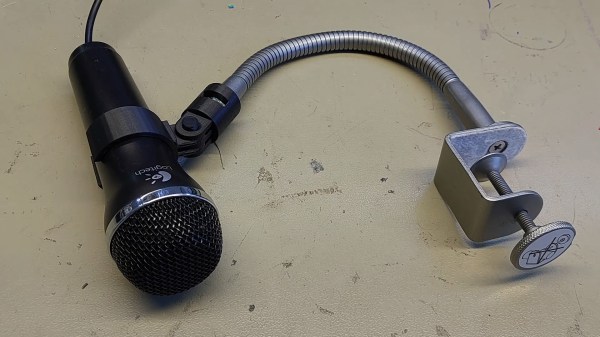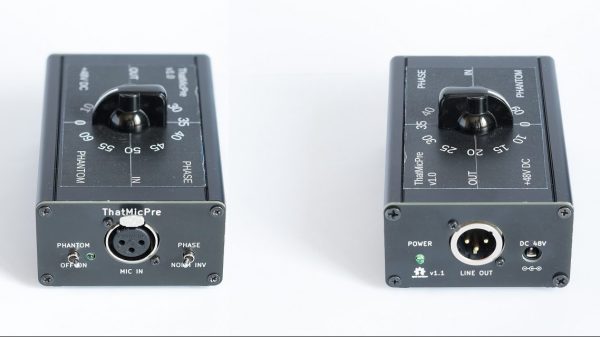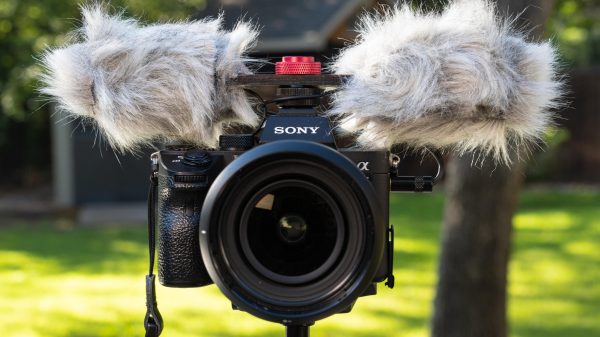There are lots of different types of microphone, with the ribbon microphone being one of the rarer ones. Commercial versions are often prized for their tone and frequency response. You can make your own too, as [Something Physical] demonstrates using a packet of chewing gum.
Yes, the ribbon in this microphone was literally gained from Airwaves Extreme gum. It’s got nothing to do with freshness or the special mintiness quotient of the material, though; just that it’s a conductive foil and it makes the YouTube video more interesting to watch.
The gum wrapper is first soaked in hot water and then acetone, such that the paper backing can be removed. The foil is then corrugated with a tube press with some baking paper used for protection during this delicate process. The “motor” of the ribbon microphone is then produced out of plexiglass, copper tape, and a pair of powerful magnets. The ribbon is then stretched between the magnets and clamped in place, acting as the part of the microphone that will actually vibrate in response to sound. As it vibrates in the magnetic field, a current is generated in response to the sound. From there, it’s just a matter of hooking up a custom-wound transformer to the wires leading to the “motor” and it’s ready to test. It works off the bat, but there is some noise. Adding shielding over the transformer and a proper enclosure helps to make the microphone more fit for purpose.
If you’ve ever wanted to experiment with microphone construction, it’s hard to go past the joy of building a simple ribbon mic. You can experiment at will with different sizes and materials, too; you needn’t just limit yourself to different brands of gum!
We’ve featured some other great mic builds over the years, too. Video after the break.
Continue reading “You Can Make Your Own Ribbon Mic With A Gum Wrapper”


















